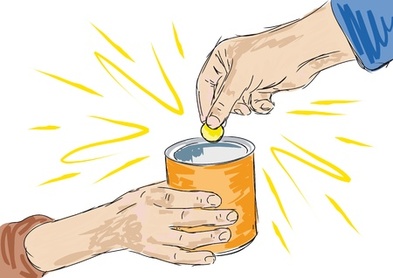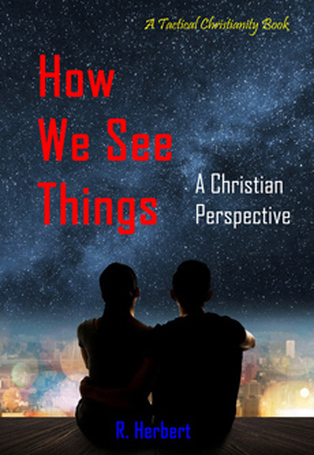
“Be careful not to practice your righteousness in front of others to be seen by them. If you do, you will have no reward from your Father in heaven” (Matthew 6:1).
Although these scriptures might seem to conflict at first sight, we should remember that they record two things said on the same occasion by Jesus in the Sermon on the Mount. So it is unlikely that they really contradict each other. As is so often the case, we simply need to look at the context of each scripture.
In Matthew 5:16 Jesus’ words were part of an analogy he made of the disciple as reflecting God’s light in a darkened world:
“You are the light of the world. A town built on a hill cannot be hidden. Neither do people light a lamp and put it under a bowl. Instead they put it on its stand, and it gives light to everyone in the house. In the same way, let your light shine before others, that they may see your good deeds and glorify your Father in heaven” (Matthew 5:14-16).
In this analogy we see that it is the “light” of God’s way that shines in our lives if we are walking according to his will. Notice that people seeing this “light” would glorify not us, but God (vs. 16).
Matthew 6:1, however, records words spoken in a totally different context:
“Be careful not to practice your righteousness in front of others to be seen by them. If you do, you will have no reward from your Father in heaven. So when you give to the needy, do not announce it with trumpets, as the hypocrites do in the synagogues and on the streets, to be honored by others. Truly I tell you, they have received their reward in full. But when you give to the needy, do not let your left hand know what your right hand is doing, so that your giving may be in secret. Then your Father, who sees what is done in secret, will reward you” (Matthew 6:1-4).
In this case, Jesus was talking about the manner in which we give to others – that we should give discreetly and not for show or personal credit. So the two scriptures have totally different contexts. Matthew 5:16 is talking about the importance of good works in our lives, and Matthew 6:1 stresses that we must have a right motivation for our good works. This means that while we are called to be a light to the world, clearly showing God’s way in our lives, our good works must always be done from a motivation of love and concern for others – not through any selfish motivation such as “looking good” or to appear “religious” or “spiritual.”
While Matthew 5:16 talks about how we appear to others, Matthew 6:1 deals with how we appear to God.



 RSS Feed
RSS Feed
